

2.6 Anatomical View of the Body, Positions, Locations, and Directional Terms
Anatomical view of the body.
Health care professionals use precise medical terminology when communicating detailed information about the body and its parts to reduce medical errors that can result from ambiguity. To further increase precision, a standardized anatomical view of the body is used. Just like paper maps are oriented with north at the top of the page, the standardized anatomical view of the body is its position standing upright with the feet at shoulder width and parallel and toes facing forward. The upper limbs are held out to each side of the body, and the palms of the hands face forward. The anterior view is the front of the body, and the posterior view is the back of the body. See an illustration of the standard anatomical position of a human body in both anterior and posterior views in Figure 2.7. [1]
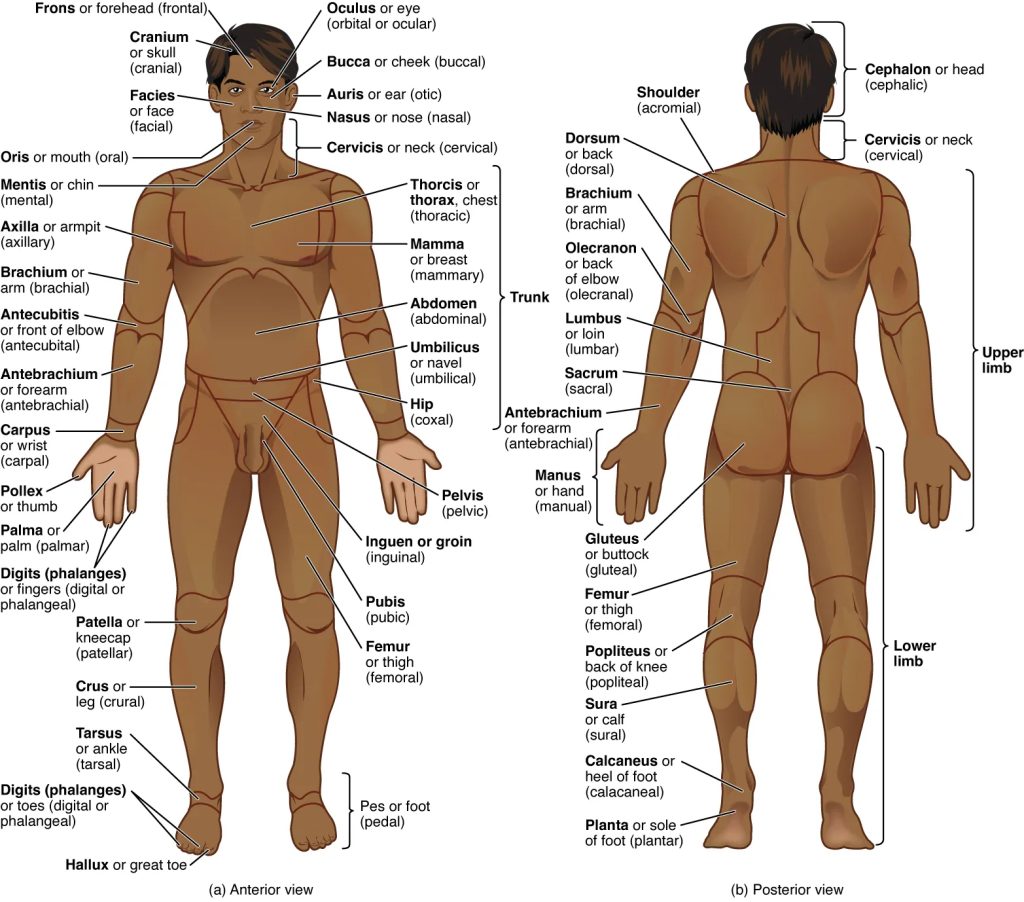
Using this standardized anatomical view of the body reduces the potential for inaccuracy or error. It does not matter how a person who is being described is currently positioned when being examined; the terms for anatomical position are used as if the body is in this standard anatomical position. For example, if a patient is being examined while seated with their hand facing palm down on a table and has a scar present on the palmar side of their wrist, the scar is described as being present on the “anterior wrist region.”
Anatomical Positions and Locations
In addition to using a standardized anatomical view of the body, several medical terms are used to describe the positioning or location of the body or body parts, especially during specific procedures. For example, an individual lying down on their back is referred to as supine . If they are lying on the abdomen, their position is referred to as prone . If they are lying on their side, their position is referred to as lateral or side-lying.
If a condition occurs on one side of the body, it is referred to as unilateral , whereas if it occurs on both sides of the body, it is referred to as bilateral . For example, if an individual is having weakness in both legs, this condition may be documented as “bilateral leg weakness.”
Specific terms also refer to the location on an individual’s hand or foot. For example, dorsum refers to the top of one’s hand or foot. Palmar refers to the palm side of one’s hand, and plantar refers to the sole side of one’s foot.
View additional information and images about positioning in the “Repositioning Patients” subsection of the “ Basic Concepts ” section in the “Mobility” chapter in Open RN Nursing Fundamentals .
Directional Terms
Directional terms describe the locations of body structures related to each other. For example, a physician might document a tumor as “superficial to” a deeper body structure. See Figure 2.8 [2] for an illustration of directional terms.
- Anterior (or ventral ): The front or direction toward the front of the body. For e xample, the kneecap is on the anterior side of the leg.
- Contralateral: Positioned on the opposite side. For example, the left arm and right arm are contralateral to each other.
- Deep: A position farther from the surface of the body. For example, the brain is deep in the skull.
- Distal: A position in a limb that is farther from the point of attachment or the trunk of the body. For example, the hand is at the distal end of the forearm.
- Inferior (or caudal) : A position below or lower than another part of the body; near the coccyx or lowest part of the spinal column. For example, the pelvis is inferior to the abdomen.
- Ipsilateral: Positioned on the same side. For example, the left arm and left leg are ipsilateral to each other.
- Lateral: The side or direction toward the side of the body. For example, the thumb is lateral to the digits.
- Medial: The middle or direction toward the middle of the body. For example, the hallux (commonly called the “big toe”) is the medial toe.
- Posterior (or dorsal): The back or direction toward the back of the body. For example, the shoulder blades are on the posterior side of the chest.
- Proximal: A position in a limb that is nearer to the point of attachment or the trunk of the body. For example, the proximal end of the femur joins the pelvis.
- Superficial: A position closer to the surface of the body. For example, the skin is superficial to the bones.
- Superior (or cranial or cephalic) : A position above or higher than another part of the body. For example, the head is superior to the neck.
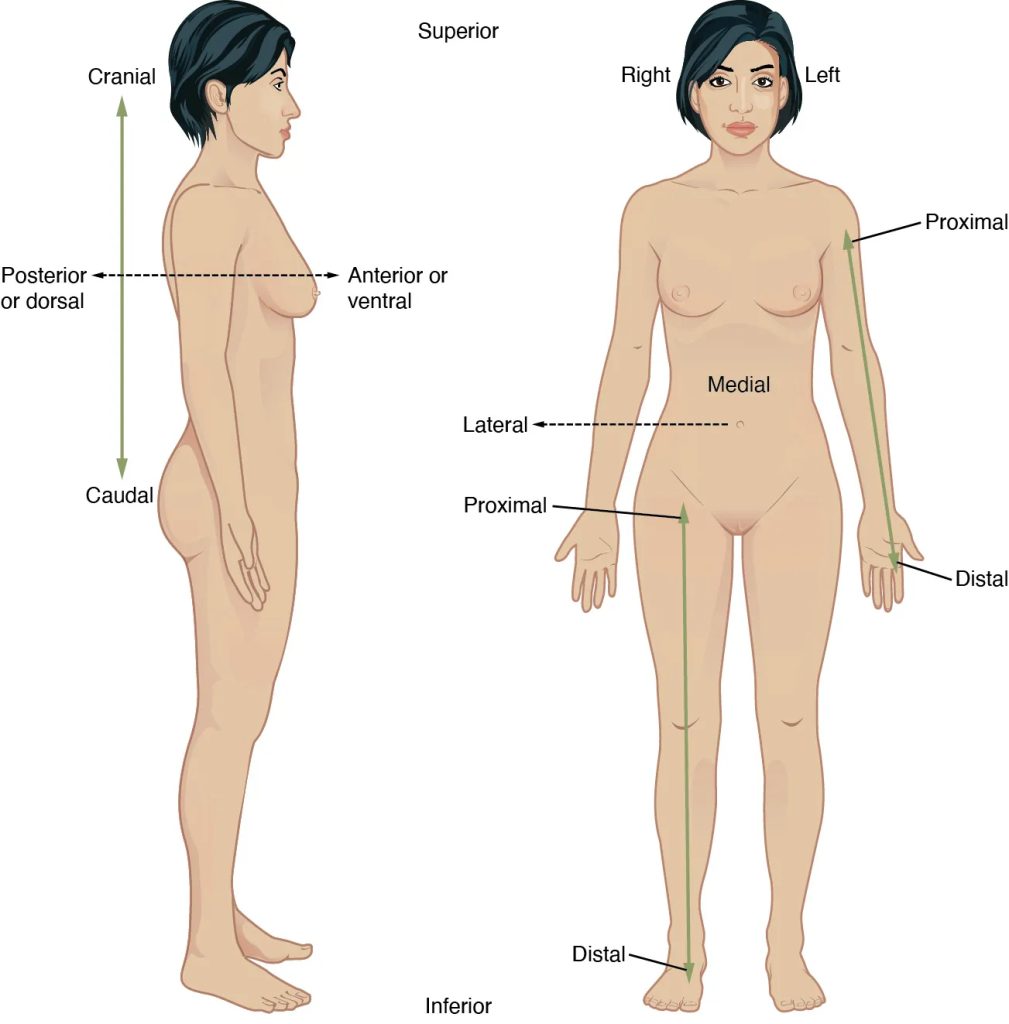
- “Regions of the Body” by OpenStax is licensed under CC BY 4.0 . Access for free at https://openstax.org/books/anatomy-and-physiology-2e/pages/1-introduction ↵
- “Directions Terms” by OpenStax is licensed under CC BY 4.0. Access for free at https://openstax.org/books/anatomy-and-physiology-2e/pages/1-introduction ↵
Medical Terminology - 2e Copyright © 2024 by Ernstmeyer & Christman - Open Resources for Nursing (Open RN) is licensed under a Creative Commons Attribution 4.0 International License , except where otherwise noted.
Share This Book

TOPIC SENTENCE/ In his numerous writings, Marx critiques capitalism by identifying its flaws. ANALYSIS OF EVIDENCE/ By critiquing the political economy and capitalism, Marx implores his reader to think critically about their position in society and restores awareness in the proletariat class. EVIDENCE/ To Marx, capitalism is a system characterized by the “exploitation of the many by the few,” in which workers accept the exploitation of their labor and receive only harm of “alienation,” rather than true benefits ( MER 487). He writes that “labour produces for the rich wonderful things – but for the worker it produces privation. It produces palaces—but for the worker, hovels. It produces beauty—but for the worker, deformity” (MER 73). Marx argues capitalism is a system in which the laborer is repeatedly harmed and estranged from himself, his labor, and other people, while the owner of his labor – the capitalist – receives the benefits ( MER 74). And while industry progresses, the worker “sinks deeper and deeper below the conditions of existence of his own class” ( MER 483). ANALYSIS OF EVIDENCE/ But while Marx critiques the political economy, he does not explicitly say “capitalism is wrong.” Rather, his close examination of the system makes its flaws obvious. Only once the working class realizes the flaws of the system, Marx believes, will they - must they - rise up against their bourgeois masters and achieve the necessary and inevitable communist revolution.
Not every paragraph will be structured exactly like this one, of course. But as you draft your own paragraphs, look for all three of these elements: topic sentence, evidence, and analysis.
- picture_as_pdf Anatomy Of a Body Paragraph
- Science, Tech, Math ›
Anatomical Position: Definitions and Illustrations
Supine, Prose, Lateral Recumbent, and More
Copyright Evelyn Bailey
- Cell Biology
- Weather & Climate
- B.A., Biology, Emory University
- A.S., Nursing, Chattahoochee Technical College
The standard anatomical position is considered the reference position for a given organism. For humans, the standard position is at rest, standing erect while facing forward. Every other anatomical position is described with respect to this standard position.
Anatomical positions are important because they give us a frame of reference for describing the body. Similar to a compass, they give us a universal way to describe the position of an organism. The concept of anatomical position is particularly important in medicine , as mistakes can occur if medical professionals do not have a shared point of reference for discussing patients' bodies.
- Supine : Horizontal position with the face oriented up
- Prone : Horizontal position with the face oriented down
- Right lateral recumbent : Horizontal position with the right side oriented down
- Left lateral recumbent : Horizontal position with the left side oriented down
- Other common positions include Trendelenburg's and Fowler's positions.
Anatomical Positions
The four main anatomical positions are supine, prone, right lateral recumbent, and left lateral recumbent. Each position is used in different medical circumstances. These positions are often discussed in tandem with anatomical directional terms, which are used to locate structures relative to parts of the human body. They are particularly useful for describing the locations of structures to be studied in dissections.
Supine Position
Supine position refers to a horizontal position with the face and upper body facing up. In the supine position, the ventral side is up, and the dorsal side is down.
Several surgical procedures use the supine position, particularly when access to the thoracic area or cavity is needed. The supine position is the typical starting position for human dissection and autopsies.
Prone Position
Prone position refers to a horizontal position with the face and upper body facing down. In the prone position, the dorsal side is up and the ventral side is down.
Many surgical procedures use the prone position. It is most commonly used for surgeries requiring access to the spine . The prone position also helps to increase oxygenation in patients with respiratory distress.
Right Lateral Recumbent Position
The word "lateral" means "to the side," while "recumbent" means "lying down." In the right lateral recumbent position, the individual is lying on their right side. This position makes it easier to access a patient's left side.
Left Lateral Recumbent Position
The left lateral recumbent position is the opposite of the right lateral recumbent position. In this position, the individual is lying on their left side. This position makes it easier to access a patient's right side.

Trendelenburg and Fowler's Positions
Other common positions include Trendelenburg's and Fowler's positions. Fowler's position has a person sitting up (straight or with a slight lean), while Trendelenburg's position has the person in a supine position, with the head about 30 degrees lower than the feet.
Fowler's position is named after George Fowler , who originally used the position as a way to help with peritonitis (inflammation of the membrane lining of the abdominal wall). Trendelenburg's position is named after Friedrich Trendelenburg and is often used in surgery and to improve venous blood return to the heart .
- The main anatomical positions are supine, prone, right lateral recumbent, and left lateral recumbent; each provides essential reference points and functions for medical procedures and communication.
- In the supine position, a patient lies horizontally on their back, with their face and upper body facing up, while in the prone position, a patient lies horizontally with their face and upper body facing down.
- Other positions like Fowler's and Trendelenburg's are also used for specific medical purposes, such as to help with inflammation or improve blood flow.
- Structure and Function of the Human Eye
- An Introduction to Types of Respiration
- Learn About the Body's Connective Tissue
- Body Planes and Directional Terms in Anatomy
- An Introduction to Male and Female Gonads
- Anatomy of the Heart: Valves
- Red Blood Cells (Erythrocytes)
- Human Anatomy Study Tips
- The 3 Layers of the Heart Wall
- The 3 Types of Joints in the Body
- The Anatomy of the Heart, Its Structures, and Functions
- Overview of the Medulla Oblongata
- How Veins Transport Blood
- Anatomy of the Stomach
- Understanding Capillary Fluid Exchange
- Occipital Lobes and Visual Perception
- Discount Books
- Cardiovascular
- Integumentary
- Reproductive
- Respiratory

You are here: Home » The Basics » The Language of Anatomy: anatomical position and directional terms
The Language of Anatomy: anatomical position and directional terms
Anatomical position and directional terms.
The healthcare industry has its own terminology, especially anatomy and physiology. In order to provide exquisite care and understand the inner workings of the human body, anatomical terminology is a necessity. We’ll begin by going over “anatomical position and directional terms”.
In order to describe body parts and positions correctly, the medical community has developed a set of anatomical positions and directional terms widely used in the healthcare industry. The anatomical reference point is a standard body position called the anatomical position. In the anatomical position, the body is erect, the palms of the hand face forward, the thumbs point away from the body, and the feet are slightly apart. It’s important to understand the anatomical position because most directional terms are based off it.
Orientation and directional terms
- Superior (cranial) – toward the head or upper part of the body; above
- Inferior (caudal) – away from the head or toward the lower part of the body; below
- Ventral (anterior) – toward or at the front of the body; in front of
- Dorsal (posterior) – toward or at the back of the body; behind
- Medial – toward or at the midline of the body
- Lateral – away from the midline of the body
- Intermediate – between a medial and lateral position
- Proximal – closer to the origin of the body part or point of attachment of a limb to the body trunk
- Distal – away from the origin of a body part or point of attachment of a limb to the body trunk
- Superficial (external) – toward or at the body surface
- Deep (internal) – Away from the body surface
Directional terms allow us to explain where one body part is when compared to another.
Regional Terms The two main divisions of the body are its axial and appendicular parts. The axial part makes up the main axis of the body and includes the head, neck, and trunk. The appendicular part consists of the limbs (appendages) attached to the body’s axis. View the image above for an in depth look into all the regional terms used to designate specific areas within the human body . You will have to know them!
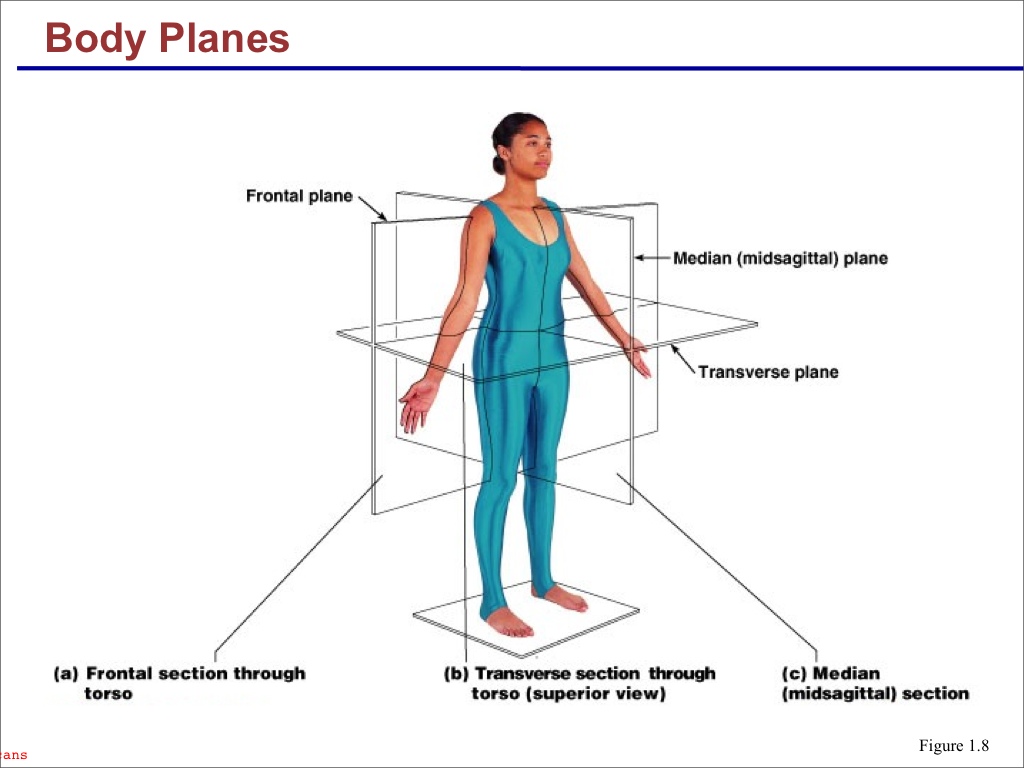
For anatomical purposes, the body is often sectioned into flat surfaces called planes. Thost frequently used body planes are the sagittal, transverse, and frontal planes. The image above shows how the body is cut into corresponding planes.
- Saggital plane – is a vertical plane that divides the body into right and left parts
- midsaggital plane- is the saggital plane that lies directly in the midline
- parasaggital planes – are saggital planes offset from the midline
- Frontal plane (coronal plane) – also lies vertically; divides the body into posterior and anterior sections
- Transverse plane (horizontal plane) – runs horizontally; divides the body into inferior and superior sections
- Oblique sections – are diagonal cuts made between the vertical and horizontal planes; seldom used
Related Posts
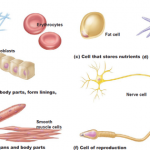
Category : The Basics
Comments (2)
Trackback URL | Comments RSS Feed
Sites That Link to this Post
- Body cavities and membranes : Anatomy & Physiology | May 20, 2013
I love this, it has been very helpful to my studies.
Homeostasis: positive/ negative feedback mechanisms
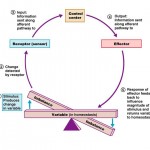
If you study biology or medicine, having a solid understanding of homeostasis is extremely important. All living systems are based
Recommendations
A&p: levels of structural organization.
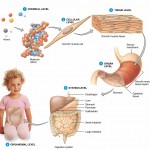
One of the basic concepts in anatomy and physiology is the idea of organization. Levels of structural organization in the
Heart Anatomy: chambers, valves and vessels

The heart is an extremely interesting and powerful pump. It operates by using an intrinsic control and conduction system that
Human Body Organ Systems: An Orientation
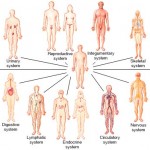
Can you name the 11 organ systems of the human body from memory? If not, this may be a good
Digestive System Overview

Did you know the digestive system is split into two main groups? Did you know one of the groups is
Anatomy & Physiology

IMAGES
VIDEO
COMMENTS
Anatomical position, or standard anatomical position, refers to the specific body orientation used when describing an individual’s anatomy. Standard anatomical position of the human body consists of the body standing upright and facing forward with the legs parallel to one another.
The anterior view is the front of the body, and the posterior view is the back of the body. See an illustration of the standard anatomical position of a human body in both anterior and posterior views in Figure 2.7.
Use standard directional terminology to describe the position of structures in the human body; Understand the relational nature of such terminology; Describe how anatomical planes section the body and why this is important for medical imaging
In this lesson we’ll define and contrast Anatomy and Physiology and discuss how the human body is organized. We will also review the needs and functional processes common to all living organisms. Anatomy– studies the structure of body parts and their relationships to one another.
body is important in performing a physical examination and many other clinical procedures. For purposes of study, the body is divided into two major regions called the axial and appendicular regions.Smaller areas within the major regions are described in the following para-graphs and illustrated in figure A.5. Axial Region
Anatomy of a Body Paragraph. When you write strong, clear paragraphs, you are guiding your readers through your argument by showing them how your points fit together to support your thesis. The number of paragraphs in your essay should be determined by the number of steps you need to take to build your argument.
Anatomical position describes the orientation of a body or body parts. Learn the most common anatomical positions with this illustrated guide.
Standard anatomical position is the body orientation used when describing an organism’s anatomy. Standardization is necessary to avoid confusion since most organisms can take on many different positions that may change the relative placement of organs.
In the anatomical position, the body is erect, the palms of the hand face forward, the thumbs point away from the body, and the feet are slightly apart. It’s important to understand the anatomical position because most directional terms are based off it.
The anatomical position is the starting point for any description of the human body. The anatomical position is facing forwards, with mouth closed and facial expression neutral. 1, 3 Eyes focused on the distance. Arms should be straight and by the sides with palms facing forward. The penis is erect.